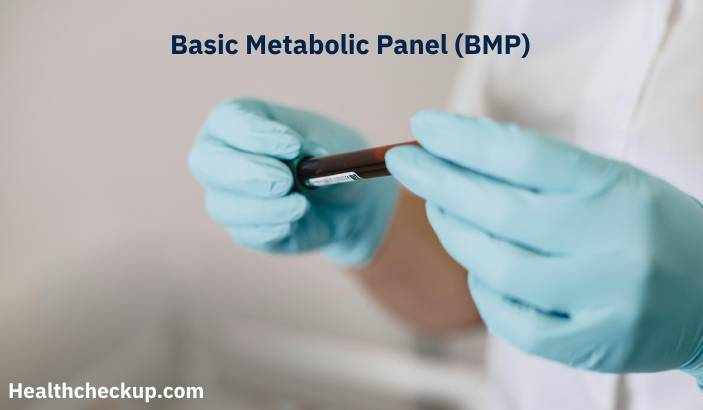The Basic Metabolic Panel (BMP) is a set of tests that provides crucial information about your body’s metabolism, including health of your kidneys, electrolyte balance, blood sugar levels, and calcium levels. This comprehensive article will explore the purpose of the BMP, preparation for the test, the procedure, normal ranges for results, how to interpret these results, and potential risks associated with the test.
Purpose of the Basic Metabolic Panel
- Kidney Function: BMP is crucial for assessing renal function, measuring components such as creatinine and blood urea nitrogen (BUN).
- Electrolyte Balance: This test evaluates levels of key electrolytes, including sodium, potassium, and chloride, which are vital for the body’s fluid balance and nerve transmission.
- Blood Glucose Levels: Glucose testing is included in the BMP and is essential for monitoring blood sugar levels, which can indicate diabetes or pre-diabetic conditions.
- Calcium Levels: The panel also measures calcium, important for bone health, nerve function, and muscle contraction.
Preparation for the Basic Metabolic Panel
- Fasting: Typically, fasting for 10-12 hours before the test is required, especially to get accurate glucose and triglyceride levels.
- Medication: Inform your doctor about any medications, supplements, or herbal remedies you are taking, as some can affect test results.
- Hydration: While excessive water intake should be avoided, staying hydrated normally is important unless instructed otherwise by your doctor.
Procedure of the Basic Metabolic Panel
- Blood Sample Collection: A blood sample is typically drawn from a vein in your arm. The procedure is quick and usually completed within a few minutes.
- Sample Analysis: The collected sample is sent to a laboratory where various substances in the blood are measured using automated machines.
- Duration: While the collection process is short, it may take several hours to a day to get the results, depending on the laboratory.
Normal Range
The BMP typically includes the following tests, with normal ranges listed below:
- Glucose: 70-100 mg/dL
- Calcium: 8.5-10.2 mg/dL
- Sodium: 135-145 mmol/L
- Potassium: 3.5-5.0 mmol/L
- Bicarbonate (HCO3): 22-28 mmol/L
- Chloride: 96-106 mmol/L
- Blood Urea Nitrogen (BUN): 7-20 mg/dL
- Creatinine: 0.6-1.2 mg/dL (may vary based on muscle mass)
Results Interpretation
- Elevated Glucose: May suggest diabetes or prediabetes.
- High BUN/Creatinine: Could indicate kidney damage or dysfunction.
- Abnormal Electrolytes: May be a sign of dehydration, kidney issues, or problems with adrenal glands.
Risks Associated with the Basic Metabolic Panel
- Minimal Risks: The risks associated with BMP are minimal and typically limited to discomfort or bruising at the puncture site, fainting, or hematoma.
- Infection: Very rarely, an infection can occur at the puncture site.
The Basic Metabolic Panel offers invaluable insights into an individual’s metabolic health and organ function, particularly the kidneys and liver. By providing a snapshot of essential electrolytes and metabolites, the BMP helps in the early detection, diagnosis, and management of various medical conditions, including kidney disease, diabetes, and hypertension.









